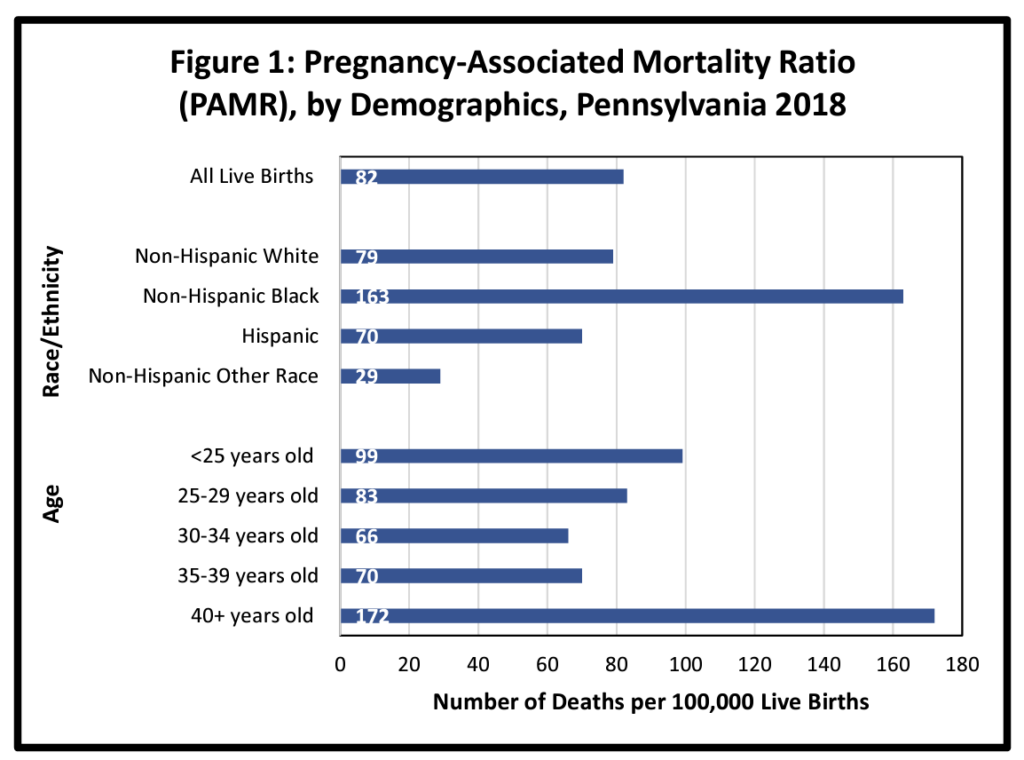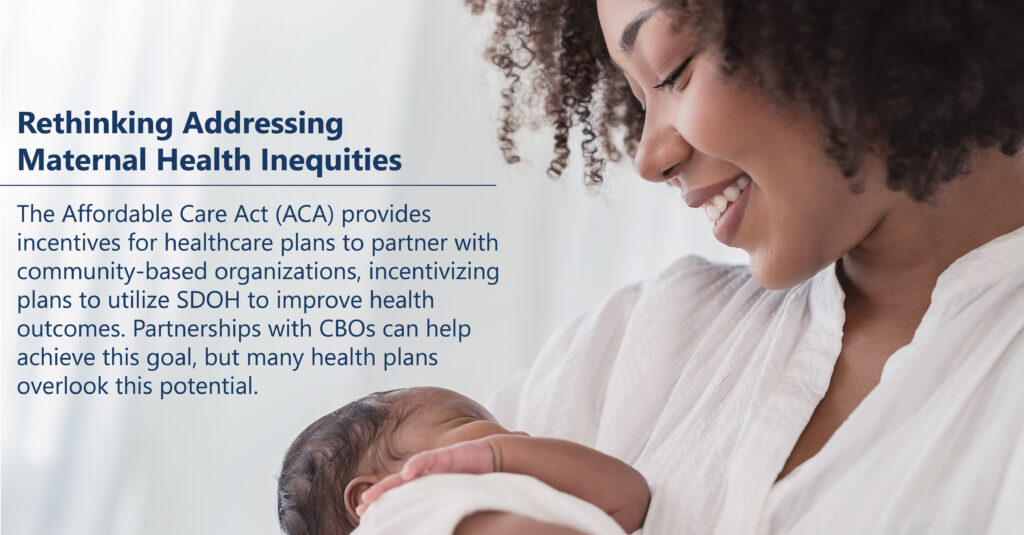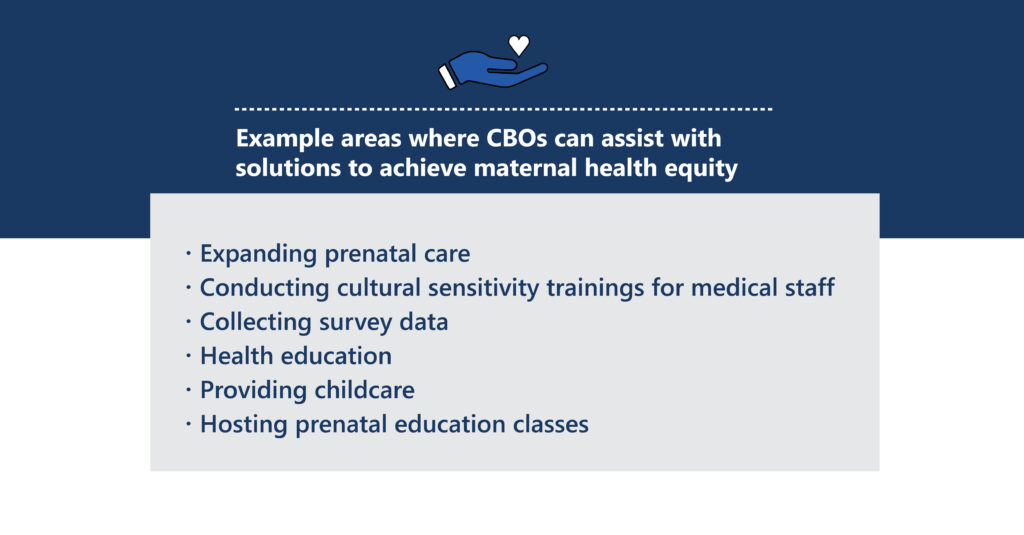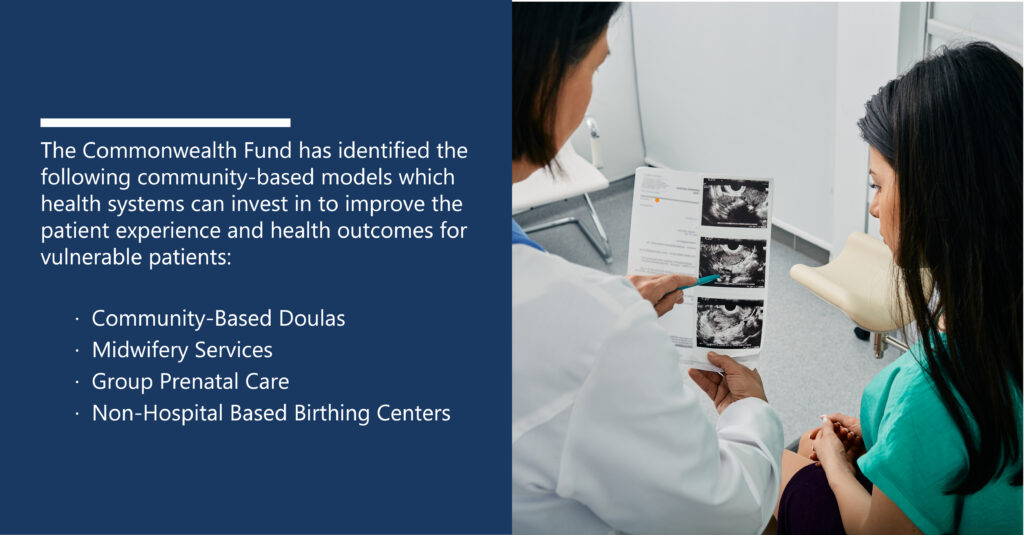Addressing Maternal Health Equity Through Partnerships & Organizations
Let’s have a conversation
Among developed countries, the United States falls behind in maternal health outcomes. According to the Commonwealth Fund, in 2020 the United States maternal mortality rate was 24 deaths per 100,000 live births which is more than three times higher than the majority of other high-income countries. ProspHire’s home state of Pennsylvania is no exception. Disaggregating health data within the United States by race reveals a significant difference in outcomes. According to Penn Medicine, black women are three times more likely to die from pregnancy-related complications than white women in the United States. These disparities are further evident in Pittsburgh, the location of ProspHire’s headquarters, which was identified as having the highest maternal mortality rate for black women amongst all United States cities (Pittsburgh NPR).

For health plans and providers seeking to address these shortcomings in maternal health equity, what can be done?
The Role of SDOH in Addressing Health Inequities
Healthcare industry experts have identified social determinants of health (SDOH) as useful indicators that provide insight into patients’ quality of life and health. SDOH variables include patients’ socioeconomic conditions, and the extent to which they have a disparate impact on health outcomes. Health plans can identify at-risk members within a given population by utilizing available data which provides a broad consensus on the role of SDOH in maternal health inequities. One resource underutilized by health plans is community-based organizations (CBOs), broadly defined as NGOs, nonprofits and community healthcare facilities. The Affordable Care Act (ACA) provides incentives for partnerships between health plans and CBOs which have proved helpful in addressing social determinants of health.

Health Plan-CBO Partnerships and Addressing Maternal Health Equity
Health plan-CBO partnerships are especially promising in addressing maternal health equity because they are directly familiarized with addressing community and family-level drivers of inequality1. Once criteria have been determined, such a partnership can work together to take the necessary steps to help at-risk patients.
Fostering relationships between health plans and CBO’s can assist in better identifying target population needs. Reputable CBOs generally cultivate a high level of trust and rapport within their communities. The following are a few example areas where CBOs can assist with solutions to achieve maternal health equity: expanding prenatal care, conducting cultural sensitivity trainings for medical staff, collecting survey data, health education, providing childcare, and hosting prenatal education classes.

Illustrating Success
When looking for a best-case example of a CBO addressing maternal health equity, one can look to ProspHire’s office location in the greater Philadelphia area. The Maternity Care Coalition in southeastern Pennsylvania partners with neighborhoods with high rates of poverty, infant mortality and health disparities.
The Community-Based Health Care Program, funded by the Department of Health, provides funding to existing community-based care facilities to expand or build upon existing services. The Commonwealth Fund has identified the following community-based models which health systems can invest in to improve the patient experience and health outcomes for vulnerable patients:
- Community-Based Doulas
- Midwifery Services
- Group Prenatal Care
- Non-Hospital Based Birthing Centers
For health plans seeking to adopt evidence-based models of care to improve maternal health outcomes, they may find it beneficial to partner with these existing services.

Important Considerations
Basic criteria which are important to assess when identifying potential community partners include: how they operate in the local area, their reach and expertise. To allow these partnerships to reach their full potential, it is important to identify a general set of challenges that come with health plan-CBO partnerships. According to the Center for Health Strategies, some important considerations include:
- Establishing sustainable funding models
- Selecting and collecting partnership impact metrics
- Sharing patient-level data
How ProspHire Can Help
Health plans can utilize ProspHire to help identify SDOH drivers for maternal health, pinpoint areas of greatest need and establish criteria for potential CBO partnerships based on the unique needs of your service area and most vulnerable patient populations. From a population assessment and recommendation to implementation, our work is focused on addressing health disparities across communities of greatest need and improving equitable care and outcomes.

ProspHire
216 Blvd of the Allies, Sixth Floor
Pittsburgh, PA 15222
412.391.1100
prosper@prosphire.com


© 2025 ProspHire, LLC. All Rights Reserved / Terms of Use / Privacy Policy







